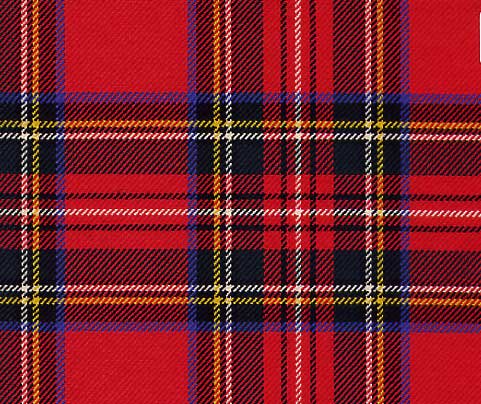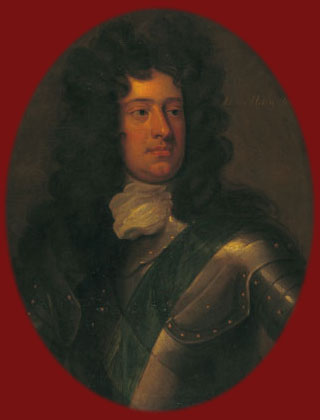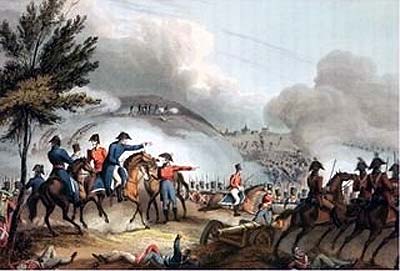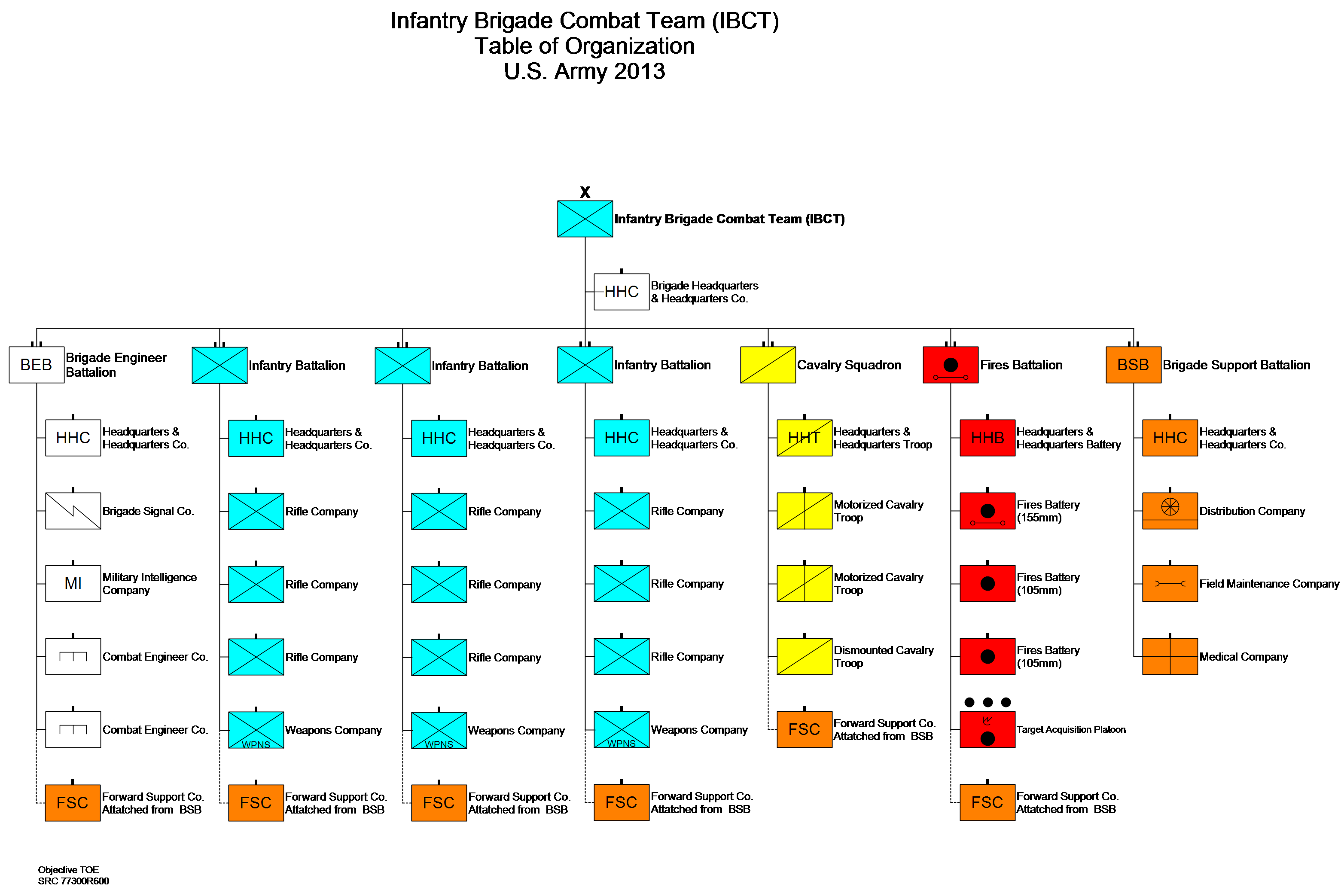|
Heavy Brigade
A heavy brigade is a formation made up from 'Heavy' Cavalry; i.e. Dragoon Guards and Dragoons. The Heavy Brigade was a British heavy cavalry unit commanded by General Sir James York Scarlett at the Battle of Balaclava in the Crimean War. The Brigade made a gallant uphill charge to defeat a superior force of onrushing Russian cavalry, an amazing instance of the triumph of the individual skill of the Victorian British soldier, as well as of British discipline and unit cohesion. At the Battle of Balaclava the brigade was composed of 2 squadrons each of the 1st Dragoons (The Royals), the 2nd Dragoons (Scots Greys), the 4th Dragoon Guards (Royal Irish), the 5th Dragoon Guards The 5th (Princess Charlotte of Wales's) Dragoon Guards was a British army cavalry regiment, officially formed in January 1686 as Shrewsbury's Regiment of Horse. Following a number of name changes, it became the 5th (Princess Charlotte of Wales's) ... (Princess Charlotte of Wales's), and the 6th Dragoons (In ... [...More Info...] [...Related Items...] OR: [Wikipedia] [Google] [Baidu] |
Dragoon
Dragoons were originally a class of mounted infantry, who used horses for mobility, but dismounted to fight on foot. From the early 17th century onward, dragoons were increasingly also employed as conventional cavalry and trained for combat with swords and firearms from horseback. While their use goes back to the late 16th century, dragoon regiments were established in most European armies during the 17th and early 18th centuries; they provided greater mobility than regular infantry but were far less expensive than cavalry. The name reputedly derives from a type of firearm, called a ''dragon'', which was a handgun version of a blunderbuss, carried by dragoons of the French Army. The title has been retained in modern times by a number of armoured or ceremonial mounted regiments. Origins and name The establishment of dragoons evolved from the practice of sometimes transporting infantry by horse when speed of movement was needed. In 1552, Alexander Farnese, Duke of Parma ... [...More Info...] [...Related Items...] OR: [Wikipedia] [Google] [Baidu] |
James York Scarlett
General Sir James Yorke Scarlett (1 February 1799 – 6 December 1871) was a British Army officer and hero of the Crimean War who led the Charge of the Heavy Brigade during the Battle of Balaclava on 25 October 1854. Early life The second son of the 1st Baron Abinger, he was born in London and educated at Eton and Trinity College, Cambridge, In 1835, he married Charlotte Anne Hargreaves, a coal heiress from Burnley, the town becoming his adopted home. Career Scarlett entered the army in 1818, as a cornet in the 18th Hussars; in 1830, he became a major in the 5th Dragoon Guards, whose Colonel was Sir John Slade (1762-1859). Slade served in the Peninsular War, where he was described as an officer of 'limited ability, lacking initiative and nearly useless' and 'that damned stupid fellow.' Combined with Slade's age, this resulted in Scarlett's appointment as Commanding Officer of the regiment in 1840, a post he held for nearly fourteen years. In 1854 he was close to retirement afte ... [...More Info...] [...Related Items...] OR: [Wikipedia] [Google] [Baidu] |
Battle Of Balaclava
The Battle of Balaclava, fought on 25 October 1854 during the Crimean War, was part of the Siege of Sevastopol (1854–55), an Allied attempt to capture the port and fortress of Sevastopol, Russian Empire, Russia's principal naval base on the Black Sea. The engagement followed the earlier Allied victory in September at the Battle of Alma, Battle of the Alma, where the Russian General Alexander Sergeyevich Menshikov, Menshikov had positioned his army in an attempt to stop the Allies progressing south towards their strategic goal. Alma was the first major encounter fought in the Crimean Peninsula since the Allied landings at Kalamita Bay on 14 September, and was a clear battlefield success; but a tardy pursuit by the Allies failed to gain a decisive victory, allowing the Russians to regroup, recover and prepare their defence. The Russians split their forces. Defending within the allied siege lines was primarily the Navy manning the considerable static defenses of the city and threa ... [...More Info...] [...Related Items...] OR: [Wikipedia] [Google] [Baidu] |
Crimean War
The Crimean War, , was fought from October 1853 to February 1856 between Russia and an ultimately victorious alliance of the Ottoman Empire, France, the United Kingdom and Piedmont-Sardinia. Geopolitical causes of the war included the decline of the Ottoman Empire, the expansion of the Russian Empire in the preceding Russo-Turkish Wars, and the British and French preference to preserve the Ottoman Empire to maintain the balance of power in the Concert of Europe. The flashpoint was a disagreement over the rights of Christian minorities in Palestine, then part of the Ottoman Empire, with the French promoting the rights of Roman Catholics, and Russia promoting those of the Eastern Orthodox Church. The churches worked out their differences with the Ottomans and came to an agreement, but both the French Emperor Napoleon III and the Russian Tsar Nicholas I refused to back down. Nicholas issued an ultimatum that demanded the Orthodox subjects of the Ottoman Empire be placed ... [...More Info...] [...Related Items...] OR: [Wikipedia] [Google] [Baidu] |
Unit Cohesion
Unit cohesion is a military concept, defined by one former United States Chief of staff in the early 1980s as "the bonding together of soldiers in such a way as to sustain their will and commitment to each other, the unit, and mission accomplishment, despite combat or mission stress"."Morale and Cohesion in Military Psychiatry, Fred Manningp.4in ''Military Psychiatry: Preparing in Peace for War'', ; Manning cites Meyer, EC, "The unit", ''Defense'', 1982;82(February):1-9 This concept lacks a consensus definition among military analysts, sociologists and psychologists, however.Brian Palmer (2010)"Pentagon Sees Little Risk in Allowing Gay Men and Women to Serve Openly"Slate, Dec. 1, 2010 History Unit cohesion is a military concept dating back to at least Carl von Clausewitz, if not to antiquity. Several scholars have cited the influence of Sigmund Freud's thinking on theories of unit cohesion. A number of them noted that Freud wrote of cohesion breakdown among soldiers, asserting ... [...More Info...] [...Related Items...] OR: [Wikipedia] [Google] [Baidu] |
1st Dragoons
The Royal Dragoons (1st Dragoons) was a heavy cavalry regiment of the British Army. The regiment was formed in 1661 as the Tangier Horse. It served for three centuries and was in action during the First and the Second World Wars. It was amalgamated with the Royal Horse Guards to form The Blues and Royals in 1969. History Formation The regiment was first raised as a single troop of veterans of the Parliamentary Army in 1661, shortly thereafter expanded to four troops as the Tangier Horse, taking the name from their service in the Garrison of Tangier. For the next few years, the regiment defended Tangier, which had been acquired by the English Crown through the marriage of King Charles II to Catherine of Braganza in April 1662, from Moorish cavalry. The regiment consisted of four troops, three of which were originally troops in the ''English Regiment of Light Horse in France'' attached to the French army of Louis XIV and under the command of Sir Henry Jones. They were co ... [...More Info...] [...Related Items...] OR: [Wikipedia] [Google] [Baidu] |
Royal Scots Greys
The Royal Scots Greys was a Cavalry regiments of the British Army, cavalry regiment of the British Army from 1707 until 1971, when they amalgamated with the 3rd Carabiniers (Prince of Wales's Dragoon Guards) to form the Royal Scots Dragoon Guards. The regiment's history began in 1678, when three independent troops of Scots Dragoons were raised. In 1681, these troops were regimented to form The Royal Regiment of Scots Dragoons, numbered the 4th Dragoons in 1694. They were already mounted on gray (horse), grey horses by this stage and were already being referred to as the ''Grey Dragoons''. In 1707, they were renamed The Royal North British Dragoons (''North Britain'' then being the envisaged common name for Scotland), but were already being referred to as the ''Scots Greys''. In 1713, they were renumbered the 2nd Dragoons as part of a deal between the commands of the English Army and the Scottish Army when the two were in the process of being unified into the British Army. They we ... [...More Info...] [...Related Items...] OR: [Wikipedia] [Google] [Baidu] |
4th Dragoon Guards
The 4th Royal Irish Dragoon Guards was a cavalry regiment in the British Army, first raised in 1685 as the Earl of Arran's Regiment of Cuirassiers. It was renamed as the 4th (Royal Irish) Dragoon Guards in 1788 and service for two centuries, including the First World War, before being amalgamated with 7th Dragoon Guards (Princess Royal's), to form the 4th/7th Dragoon Guards in 1922. History The regiment was first raised by James, Earl of Arran, as the Earl of Arran's Regiment of Cuirassiers in 1685 as part of the response to the Monmouth Rebellion, by the regimenting of various independent troops, and was ranked as the 6th Regiment of Horse. It fought at the Battle of the Boyne in July 1690 and the Battle of Steenkerque in August 1692 during the Williamite War in Ireland. In 1691 it was re-ranked as the 5th Horse, and in 1746 transferred to the Irish regiment establishment where it was the ranked 1st Horse. It returned to the British establishment in 1788, as the 4th (Royal ... [...More Info...] [...Related Items...] OR: [Wikipedia] [Google] [Baidu] |
5th Dragoon Guards
The 5th (Princess Charlotte of Wales's) Dragoon Guards was a British army cavalry regiment, officially formed in January 1686 as Shrewsbury's Regiment of Horse. Following a number of name changes, it became the 5th (Princess Charlotte of Wales's) Regiment of Dragoon Guards in 1804. In 1922, it was amalgamated with The Inniskillings (6th Dragoons) to form the 5th/6th Dragoons. Its history and traditions continue today in the Royal Dragoon Guards, an armoured cavalry unit of the British Army. History On 1 January 1686, several independent troops of horse raised in response to the 1685 Monmouth Rebellion were formed into the Earl of Shrewsbury's Regiment of Horse. After the 1688 Glorious Revolution, it served in the Williamite War in Ireland, including the Battle of the Boyne and the First Siege of Limerick. When the Nine Years' War ended in 1697, the regiment escaped disbandment by being made part of the Irish military establishment, where it remained until the creation of th ... [...More Info...] [...Related Items...] OR: [Wikipedia] [Google] [Baidu] |
6th (Inniskilling) Dragoons
The 6th (Inniskilling) Dragoons was a cavalry regiment in the British Army, first raised in 1689 as Sir Albert Cunningham's Regiment of Dragoons. One of the regiment's most notable battles was the Battle of the Boyne in July 1690. It became the 6th (Inniskilling) Regiment of Dragoons in 1751. The regiment also fought with distinction in the Charge of the Union Brigade at the Battle of Waterloo and again as part of the successful Charge of the Heavy Brigade against superior numbers at the Battle of Balaclava during the Crimean War. The First World War sounded the death knell for mounted cavalry as it became apparent that technology had moved forward with greater destructive power and made horsed cavalry redundant on the modern battlefield. The British Army reorganised and reduced its cavalry corps by disbanding or amalgamating many of its famous cavalry regiments. The Inniskillings was one of those affected. It saw service for two centuries, including the First World War, before ... [...More Info...] [...Related Items...] OR: [Wikipedia] [Google] [Baidu] |
Terry Brighton
Terry Brighton (born 28 April 1949) is a British military historian and author. Biography Terry Brighton studied philosophy at Lancaster University and theology at Birmingham University before being ordained an Anglican priest. His parishes included St Martin’s in Hereford, where he stood in as chaplain to the SAS and first developed an interest in military history. After leaving the church he worked on the curatorial staff of the Queen's Royal Lancers Regimental Museum, for which he remains a consultant. He is best known for his research on the Charge of the Light Brigade, published in ''Hell Riders: the Truth about the Charge of the Light Brigade''. He used survivors’ accounts, many of them never before published, to give the soldiers' viewpoint of this famous cavalry action. He argued that the Charge was not the military disaster it appeared, and controversially claimed that it could be considered “an astounding success”. In October 2004, on the 150th anniversa ... [...More Info...] [...Related Items...] OR: [Wikipedia] [Google] [Baidu] |
Heavy Brigade Combat Team
The brigade combat team (BCT) is the basic deployable unit of maneuver in the U.S. Army. A brigade combat team consists of one combat arms branch maneuver brigade, and its assigned support and fire units. A brigade is normally commanded by a colonel ( O-6) although in some cases a brigadier general (O-7) may assume command. A brigade combat team contains combat support and combat service support units necessary to sustain its operations. BCTs contain organic artillery training and support, received from the parent division artillery (DIVARTY).Spc. Matthew Marcellus, 1st Armored Division (MAY 15, 2019) Agile and lethal: 4-27 Field Artillery condu ... [...More Info...] [...Related Items...] OR: [Wikipedia] [Google] [Baidu] |


.jpg)




